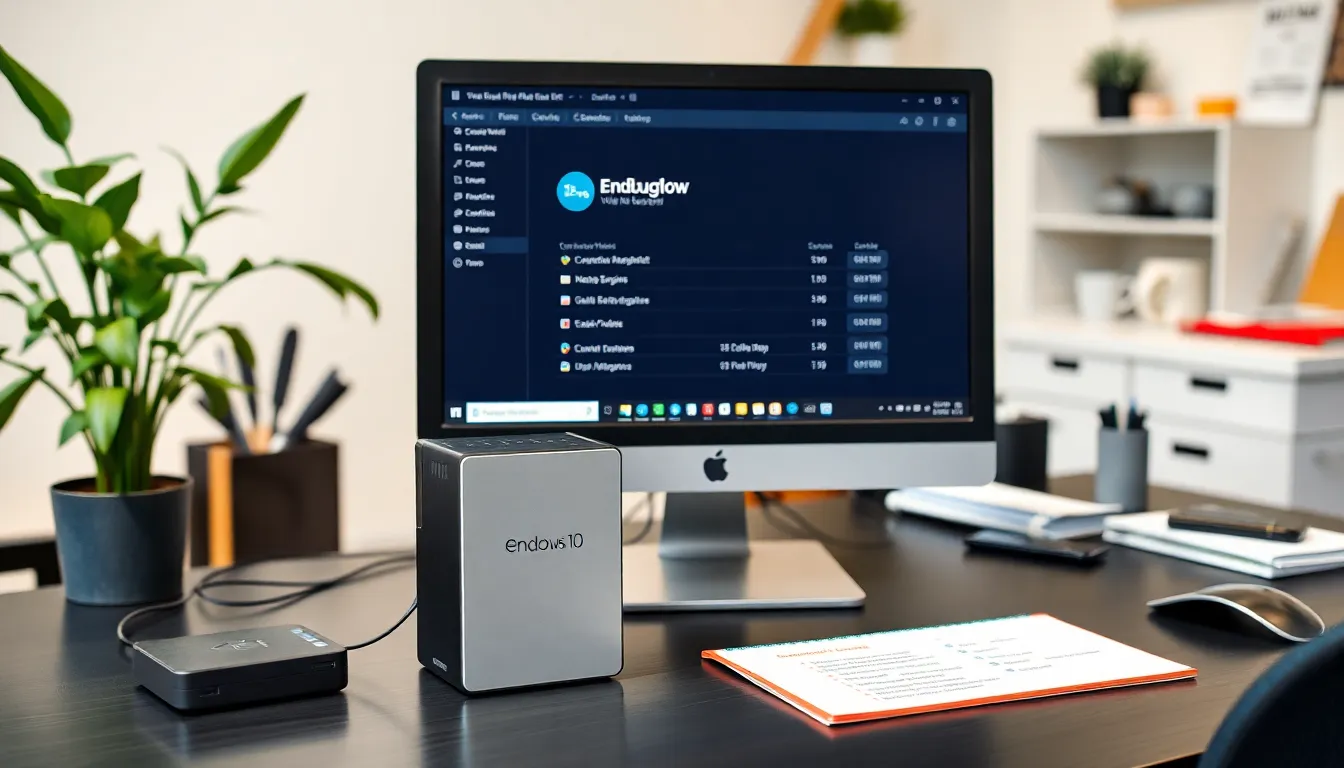In today’s fast-paced digital world, keeping software up to date is crucial for optimal performance and security. Endbugflow software, known for its powerful debugging capabilities, is no exception. Regular updates not only enhance functionality but also fix bugs and vulnerabilities that could compromise user experience. Updating Endbugflow on a PC might seem daunting, but it’s a straightforward process that anyone can tackle. With the right guidance, users can ensure they’re running the latest version and taking full advantage of the software’s features. This article will walk through the essential steps to update Endbugflow, making the process seamless and efficient.
How To Update Endbugflow Software On PC
Endbugflow software enhances project management by streamlining tasks and workflows. This software combines end-to-end bug tracking with project planning functionalities, providing teams with a comprehensive solution. Users benefit from detailed reporting features, which facilitate informed decision-making and improved efficiency. Endbugflow includes tools for real-time collaboration, allowing team members to communicate and share updates seamlessly. It integrates with popular platforms, thereby supporting various workflows and boosting productivity. Regular updates introduce new functionalities, enhance existing features, and address security vulnerabilities, ensuring users always have access to the most reliable version. Users can track progress through visual dashboards, making it easier to manage tasks and deadlines. Notifications alert team members about changes or updates, keeping everyone informed. Understanding these capabilities ensures users maximize their experience and leverage Endbugflow’s full potential in software development and project management contexts.Preparing for the Update

System Requirements
Users must check the system requirements for Endbugflow to ensure compatibility. The following specifications are essential:-
- Operating System: Windows 10 or later
-
- RAM: Minimum of 4 GB; 8 GB recommended
-
- Storage: At least 500 MB of free disk space
-
- Processor: Intel Core i3 or equivalent; Quad-core or higher recommended
-
- Internet Connection: Stable broadband for download and online features
Backing Up Your Data
Backing up data is crucial before initiating any software update. Users should follow these steps:-
- Identify Data: Locate all project files, reports, and settings in Endbugflow.
-
- Choose Backup Method: Select between cloud storage solutions or external hard drives for data backup.
-
- Execute Backup: Use Endbugflow’s built-in export features to create copies of critical data.
-
- Verify Backup: Ensure backed-up files are complete and accessible.
Steps to Update Endbugflow Software
Updating Endbugflow software involves a systematic approach to ensure users can access the latest features and improvements. Follow these detailed steps to update the software on a PC effectively.Downloading the Latest Version
-
- Visit the Official Website: Go to the Endbugflow official website to find the latest version of the software.
-
- Navigate to the Download Section: Locate the downloads page that contains the most recent release. Typically, it’s labeled as “Download” or “Get Started.”
-
- Choose Your Operating System: Select the version compatible with your operating system, ensuring it matches the PC specifications mentioned earlier.
-
- Click Download: Click the relevant download button. The download process may take a few minutes, depending on your internet speed.
Installation Process
-
- Locate the Downloaded File: After downloading, find the installation file in the designated folder, usually the Downloads folder.
-
- Run the Installer: Double-click the installation file to launch the installer. If prompted by User Account Control, click “Yes” to proceed.
-
- Follow Installation Prompts: The installation wizard will guide users through the installation steps. Read and accept the license agreement, and choose the installation folder if necessary.
-
- Complete the Installation: Click “Install” to begin the installation process. Wait for it to finish; this can take several minutes. Users can monitor progress via the installation window.
-
- Restart the Application: After the installation completes, restart Endbugflow to apply the updates. In some cases, restarting the PC may ensure all changes take effect.
Troubleshooting Common Issues
Users may encounter various issues while updating Endbugflow software. This section addresses common error messages and provides rollback options to help users resolve these challenges effectively.Error Messages
Error messages during the update process can indicate several problems. Common error messages include:-
- Installation Failed: This occurs when system requirements are unmet or when there is insufficient disk space. Users should verify that at least 500 MB of free disk space is available and that the system meets other specifications.
-
- Network Error: This message can appear if the internet connection is unstable. Users must ensure a stable broadband connection during the download process.
-
- Application Crashed: This may happen if outdated components conflict with the new version. Users should consider closing other applications and restarting the device before attempting the update again.
Rollback Options
If issues persist after the update, users may need to revert to a previous version. Rollback options include:-
- Uninstall and Reinstall: Users can uninstall the current version through the Control Panel, then download and install an earlier version from the Endbugflow official website.
-
- Backup Restoration: If a backup exists, users can restore project files from the backup, ensuring all data is intact. This process minimizes disruptions and allows users to resume work seamlessly.
-
- Version History Access: In some cases, Endbugflow may allow access to version history. This enables users to roll back to specific versions easily without losing extensive data.

